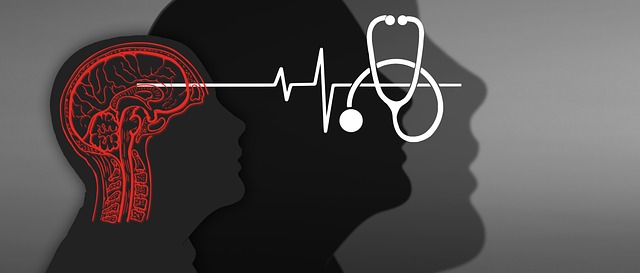TL;DR:
Mental health professionals play a crucial role in identifying and mitigating risks during therapy sessions for adolescent teens with phobias. They assess internal emotional triggers, external environmental factors like past traumas, and signs of self-harm or suicide ideation through training in risk assessment and cultural competency. Stress management workshops and introspection exercises help combat burnout, enabling them to provide effective CBT-based treatment tailored to individual needs. By integrating diverse therapeutic approaches, risk assessment tools, and trauma support services, professionals create nurturing environments that promote healing for adolescents struggling with phobias.
Mental health professionals play a crucial role in helping adolescent teens overcome phobias, but they also face significant risks. This article explores comprehensive risk assessment strategies tailored to therapy sessions for this vulnerable population. We delve into identifying specific risks associated with treating phobias in adolescents, offering best practices to mitigate these dangers. Through case studies and proven strategies, we provide insights for safe and effective treatment approaches, ensuring the well-being of both professionals and clients. Key focus: therapy for adolescent teens with phobias.
- Identifying Risks in Therapy Sessions for Adolescent Teens with Phobias
- Best Practices for Mental Health Professionals to Mitigate These Risks
- Case Studies and Strategies for Safe and Effective Treatment Approaches
Identifying Risks in Therapy Sessions for Adolescent Teens with Phobias

Identifying risks during therapy sessions for adolescent teens with phobias is a nuanced task that requires careful consideration. Healthcare providers must be vigilant in assessing potential hazards, both internal and external to the teen’s environment, as they engage in Therapy for Adolescent Teens Phobias. This includes recognizing emotional triggers, past traumatic experiences, and any signs of self-harm or suicide ideation. Mental wellness coaching programs development often incorporates risk assessment training to equip professionals with the skills needed to create a safe space while fostering open communication.
Cultural competency training is also integral, as it enables providers to understand the unique perspectives and experiences of adolescents from diverse backgrounds, thereby tailoring their approach to be more effective. By integrating these various aspects into their practice, mental health professionals can better navigate the complexities of working with this demographic, ensuring a supportive environment conducive to recovery.
Best Practices for Mental Health Professionals to Mitigate These Risks

Mental health professionals constantly face unique challenges that can lead to stress and burnout. To mitigate these risks, best practices include integrating stress management workshops into their routines, as these sessions equip them with valuable tools for coping. Regular participation in such workshops can enhance resilience, allowing professionals to navigate demanding situations more effectively.
Additionally, fostering self-awareness through exercises that encourage introspection is paramount. Recognizing and understanding one’s emotional responses and triggers are key to preventing burnout. This proactive approach not only benefits the mental health professional’s well-being but also ensures they remain equipped to provide therapy for adolescent teens with phobias and other complex issues, delivering high-quality care without compromising their own mental health.
Case Studies and Strategies for Safe and Effective Treatment Approaches

Mental health professionals play a pivotal role in helping individuals navigate through complex emotional and psychological challenges. When treating adolescents with phobias, case studies can offer valuable insights into tailored therapy approaches. For instance, research has shown that Cognitive Behavioral Therapy (CBT) is highly effective for teens dealing with specific phobias like arachnophobia (fear of spiders). By gradually exposing patients to their fears in a controlled environment, therapists facilitate a process known as desensitization, helping them manage and overcome their phobias.
Integrating evidence-based practices alongside tailored strategies ensures safe and effective treatment. Public awareness campaigns and trauma support services also contribute to the broader mental health landscape. Risk assessment is an integral part of this process, enabling professionals to identify potential triggers and implement appropriate interventions. Whether through individual therapy or group support, professionals must be adept at recognizing subtle cues and adapting their approaches to cater to diverse adolescent needs, ultimately fostering a nurturing environment conducive to healing.
Mental health professionals play a vital role in providing therapy for adolescent teens with phobias, but they must also be aware of the potential risks involved. By identifying and understanding these risks, such as triggered emotions or adverse events during sessions, professionals can implement best practices to mitigate them effectively. Case studies demonstrate successful strategies that prioritize safety and foster positive outcomes. When navigating therapy for adolescent teens with phobias, adhering to these guidelines ensures a secure and supportive environment, enhancing the overall effectiveness of treatment.








